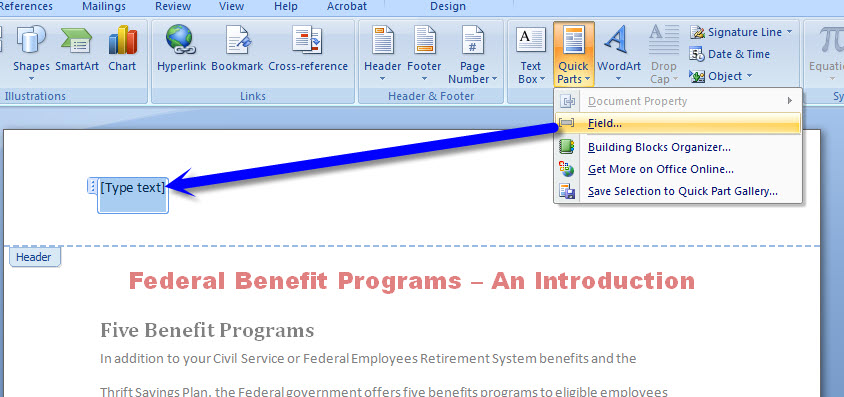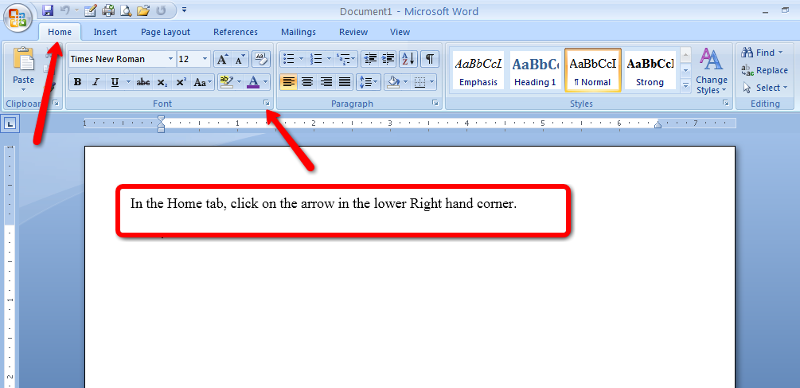

MICROSOFT WORD RUNNING HEADER WITH DIFFERENT PAGE NUMBERS MANUAL

Select Close Header and Footer, or double-click outside of the header or footer to exit. To change the starting page number of the newly created section, select Start at, and then enter a number. Running heads are also omitted on pages that have only an illustration or a table on them. To change the numbering style, select a different style in Number format. They aren’t used on “matter” opening pages, like the first page of the Preface or the first page of the Table of Contents.

Running heads are never used on display pages such as the title, half title, chapter- and part-opening pages. ^ "How to Design Running Heads for Your Book".The counterpart of the running head is the running foot. In academic writing, the running head usually contains the page number along with the author's last name, or an abbreviated version of the title.

Running heads in a book typically consist of the title on the left-hand ( verso) page, and the chapter title on the right-hand ( recto) page or the chapter title on the verso and subsection title/subhead on the recto, aiding the reader's navigation by showing what content exists within the two-page spread at hand.Ī special case of the latter is in dictionaries, whose running heads are called guide words they show the first headword and last headword on each page, to expedite the reader's navigation to a desired headword. Running heads do not usually appear on display pages such as title pages, or on other front or back matter. In publishing and certain types of academic writing, a running head, less often called a running header, running headline or running title, is a header that appears on each standard page. The counterpart at the bottom of the page is called a page footer (or simply footer) its content is typically similar and often complementary to that of the page header. Word-processing programs usually allow for the configuration of page headers, which are typically identical throughout a work except in aspects such as page numbers. In typography and word processing, a page header (or simply header) is text that is separated from the body text and appears at the top of a printed page. This also works the other way around.Header in a dictionary, consisting of a guide word. Now, when you edit the header of an odd page it will apply to all odd pages but it won't affect the even pages. In the Header & Footer Tools tab, check Different Odd & Even Pages. As a familiar example, you could have the document title in the odd page header and the heading title on the even pages. You need to check only one option to have different headers on odd & even pages: You probably have seen this one in different documents and even books. Once you check this option, the stuff you put in the header of the first page won't appear on other pages and conversely, if you change the header of any other page it won't affect the first page. In the Header & Footer Tools tab, in the Options section, check Different First Page. So far, anything that you add to the header will appear on every other page but what if you don't want the header on your first page to appear on every page in the document? You might want to have other content in the header of other pages or anything else. This tab allows you to change options related to the header and also insert components other than plain text to it. The Header & Footer Tools tab activates whenever you're editing the header or the footer of a page.


 0 kommentar(er)
0 kommentar(er)
